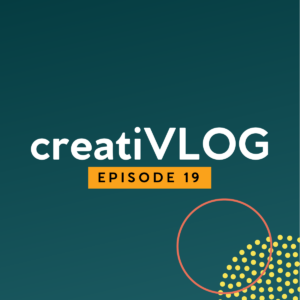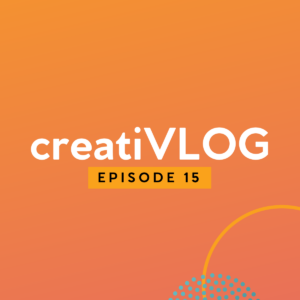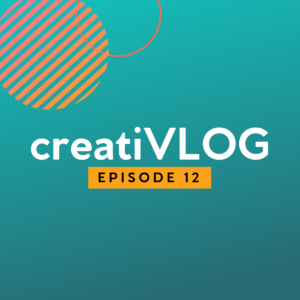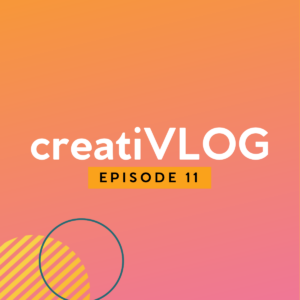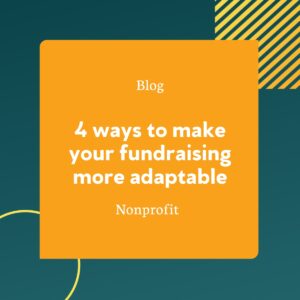Fonts are scary, we get it.
It seems like there are a million options, so how on earth are you supposed to pick the one for your brand? Before you get overwhelmed and settle for Helvetica, let’s unpack what exactly is in a font.
Sidenote: typface refers to a family of fonts, such as Helvetica. Font refers to a specific weight and style, such as Helvetica Bold.
1. personality
Fonts pack a punch. But it’s such a subtle punch that you don’t even notice. The world around you is talking in two languages – what the message is, and how it is shown. Script fonts are elegant and feminine. Bold ones are loud and masculine. There are some fonts with rounded corners that are playful, and some with sharp edges that demand attention. Take some time to think through the personality of your own brand, and then explore font styles that match.
Of course, always consider how the message will be received in the chosen font…
2. history
We can thank Johannes Gutenberg in 1440s Germany for the invention of the Gutenberg press, which started the snowball of modern-day printing. Serif fonts were created with the little flourishes on the end so that typesetters could easily line the individual letters up on the press. As technology advanced, the flourishes became purely decorative and the sans serif fonts without the flourishes were born.
These two styles of fonts – serif and sans serif – pack a lot of subconscious personality into your brand. Think of established brands such as banks, lawyers, and financial advisors. Most of them will use a serif font in their logo and throughout their brand to show stability and trust. Now consider Silicon Valley brands such as Facebook, Google, and Uber. Brands that want to come across as innovative will stick to sans serif.
3. readability
Have you ever tried to read your doctor’s notes on your prescription and for the life of you can’t make out what he/she scribbled? Fonts can have that same effect. You could have written the most poetic message to your donors that will bring them to tears, but if you picked a handwritten font that isn’t legible, it won’t matter.
When considering a body copy font that will be used at small sizes, serifs are the safer option. “Serifs have an important role in the readability of type, providing…accentuation to the ends of strokes that may help the reader read faster and avoid fatigue.” (Rubinstein (1988))
4. uniqueness
Helvetica. Times New Roman. Papyrus. These are all very well-known fonts that have been used in a wide array of brands, and in turn, aren’t memorable at all. When considering your font(s) to be carried throughout your brand, make sure you aren’t picking cookie-cutter options.
This is one reason we created a custom font for Mel Trotter Ministries. When you just can’t find the right typeface to represent your organization, creating your own is an exciting process. Each letter is carefully crafted with your organization and your donors in mind. In this case, we used a serif base to represent the history and trustworthiness of Mel Trotter Ministries, but added upbeat flourishes on the lowercase letters to add personality and optimism.
5. pairing
Like all great wines, fonts have carefully picked pairings. A good rule to remember is that opposites attract, and it’s usually a good idea to pair a serif and sans serif together. Pick one as your dominant headline font that best represents your brand as described above. From there, try and find one that compliments your headline.
Take the font pairing for Money for Ministry as an example. Their brand personality is:
- Clean
- Knowledgeable
- Dynamic
- Energetic
- Faithful
- Collaborative
From these characteristics, we picked a sans serif called Karla. It is clean and has rounded corners to make it approachable. To balance this out and represent the knowledge and trust of Money for Ministry, we picked a serif font called Vollkorn. It grounds the brand as being trusted and established. Together, these two fonts tell Money for Ministry’s brand story.
6. your mission
We know you spend hours, if not days, weeks, or months crafting your messaging, from your mission statement to captivating headlines to even your organization’s name. Equal weight should be put on how it is said as what is said. The font is the container of your messages, so it needs to heighten it. Check out these examples and see if you can get a feel for the organization before even reading the message.
